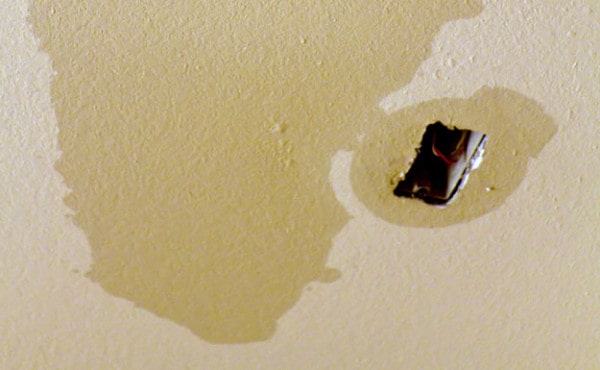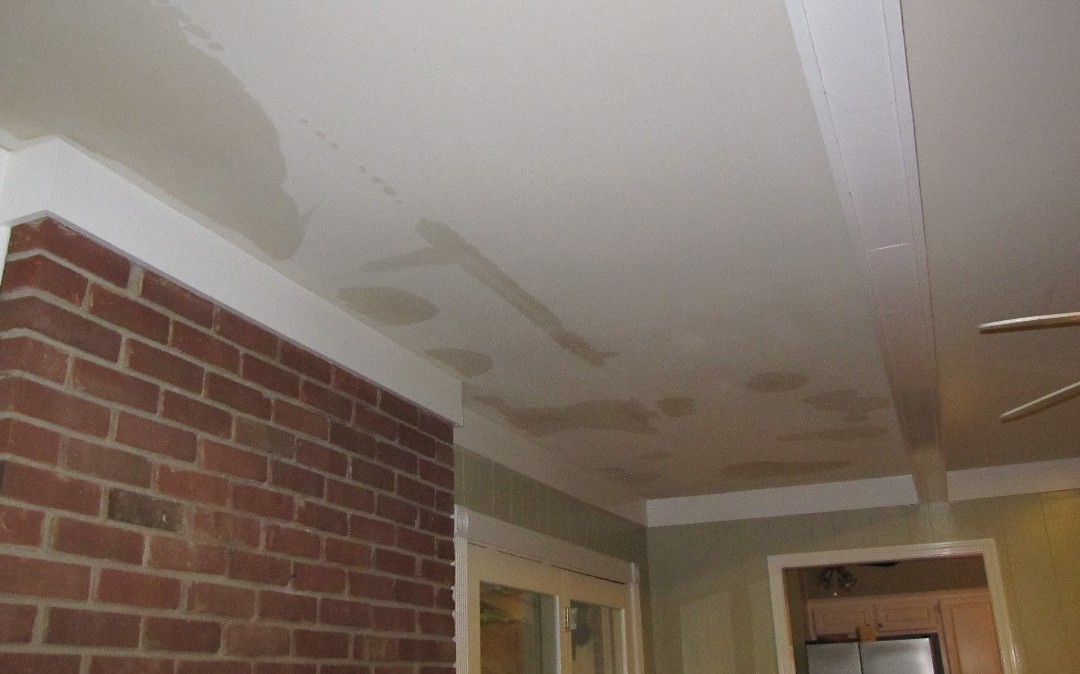Guide on Repairing Water Stains on Walls: Inspection and Solutions
Guide on Repairing Water Stains on Walls: Inspection and Solutions
Blog Article
Just about every person is bound to have their private opinions with regards to Indicators of Water Damage Behind Walls.

Water spots on wall surfaces are not positive to the eyes. In some cases it seems almost unpreventable to experience water discolorations on wall surfaces in houses.
Property owners living in moist areas regularly deal with the anxiety of water discolorations on walls. But that doesn't need to hold true for you. With accurate and also all-round information on the causes of water discolorations as well as prompt fixing procedures, you will always be an action ahead of such incidents. So, this article assures to be a practical guide for you.
3 Common Root Causes Of Water Stains on Wall Surfaces
Unlike popular belief, water discolorations on walls do not constantly stem from bad structure materials. There are numerous causes of water discolorations on wall surfaces. These include:
Wet
When hot damp air meets dry cool air, it creates water beads to form on the walls of structures. This occurs in washrooms as well as cooking areas when there is steam from food preparation or showers. The water droplets can tarnish the bordering walls in these parts of your home and spread to other locations.
Wet or condensation affects the roof and walls of structures. When the wall surface is wet, it produces an ideal setting for the development of microorganisms and also fungis.
Poor Water drainage
When making a structure strategy, it is crucial to guarantee sufficient drainage. This will avoid water from leaking right into the walls. Where the drainage system is clogged or missing, below ground dampness accumulates. This web links to too much moisture that you observe on the wall surfaces of your structure.
The leading cause of wet wall surfaces, in this instance, can be a bad drain system. It can likewise be because of poor monitoring of sewer pipes that go through the building.
Pipe Leaks
Many homes have a network of water pipes within the wall surfaces. This makes sure that the pipes are well away from the reach of devastating rats. It always enhances the viability of such pipelines, as there is little oxygen within the wall surfaces. This dissuades rust.
Yet, a disadvantage to this is that water leakage influences the wall surfaces of the building and also creates extensive damage. An indicator of faulty pipelines is the appearance of a water stain on the wall surface.
Pro Suggestion
A houseplant in your home additionally enhances its humidity. If the residence is already humid, you might want to present houseplants with minimal transpiration. An instance of appropriate houseplants is succulents.
Water Stains on Wall Surface: Repair Work Tips
Homeowners would normally desire a quick fix when taking care of water stains. Yet, they would soon understand this is detrimental as the water discolorations repeat. Here are a few handy suggestions that will certainly direct you in the repair work of water spots on wall surfaces:
Final thought
Although no person intends to have water discolorations on walls in their home, it can happen to the very best of us. This article gives you take advantage of, as you currently recognize just how to manage this mishap if it does take place.
It is always best to recruit expert services to assist take care of the damages in your house.
Often it appears nearly unpreventable to experience water stains on walls in residences.
Contrary to popular idea, water discolorations on wall surfaces do not constantly stem from bad building materials. There are several causes of water stains on wall surfaces. The water beads can tarnish the bordering wall surfaces in these components of your residence and also spread to various other locations.
Right here are a few useful suggestions that will guide you in the repair of water stains on wall surfaces:
How to identify and deal with water spots on walls and ceilings
Where is water coming from?
Where is the water coming from? Is the roof above it? Or how about a bathroom? Potentially a leaky pipe? Whatever is up, it s wet. Repairs cannot be attempted until the source is identified and the necessary repairs made. Otherwise, repairs are moot. The water stain will just come back.
Many times the repair is simple. A common source is water seepage. A shower pan or piping that once had be caulked could have sprung loose causing a slowly leaking pipe. Address potential piping issues before proceeding.
If it s the roof that s up, check it for leaks. Roof water is not always attributed to a roof problem. Depending where in the country you are located, you could be looking at an ice dam, which means new insulation and repairs. Roofs can leak, shingles can slip. Again, the repairs must be made before any patch work can happen inside.
Why is there a water spot?
Water stain repairs always come last. Repairing a water stain inside your home before addressing the issue is going to lead to disappointment. Repairs will quickly be taken apart by a continuous leak. You will need to see how wet the area actually is. Potentially, you could be looking at taking out a piece of the ceiling or drywall to get down to a dry bones before moving forward. If you neglect this step, you are sure to have bleed through on the repair.
How to go about fixing the problem?
Clean.
Once the underlying cause of the stain is dealt with, you can begin by cleaning the stain with bleach. Mix one cup of bleach with three cups of warm water and wipe the wall down. This mixture will also remove any leftover mildew, dirt or dust that could prevent a good paint job. Rinse the solution off with a spray bottle and towel.
Prep.
Get a drop cloth set up on the floor below your project. If the mess is on a ceiling, protective gloves and goggles will be crucial. After the area is dry, tape off any areas, like trim, you want to keep paint-free.
Prime.
Use a good quality base coat of stain-blocking primer. Your ceiling is probably painted with an interior latex paint, meaning it is water soluble. Water will destroy this kind of paint and cause lingering issues with your job. The base coat will block this from happening again in the future.
Paint.
After ample drying time, apply at least two coats of ceiling paint, with drying time in between. Oil-based ceiling paints will contain more volatile organic compounds (VOCs) and fumes, so take precautions not to expose yourself to this paint for too long.
Your ceiling should look pristine a new. Provided the problem has been completely solved, there will be no returning halo in your paint job.

I found that blog post on Indicators of Water Damage Behind Walls while browsing on the internet. For those who enjoyed our blog posting plz don't forget to pass it around. I enjoy reading our article about How to Find and Repair Water Leaking in the Wall.
Book A Service Call Report this page